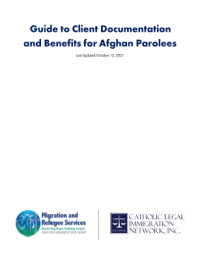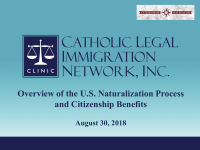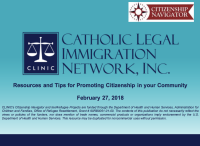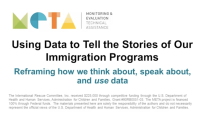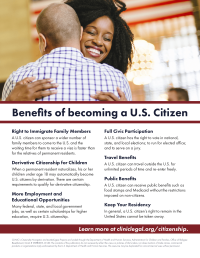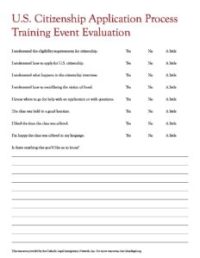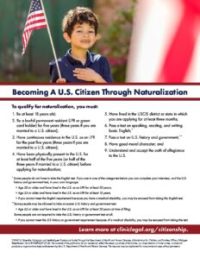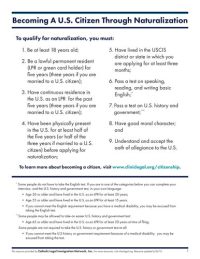This guide, co-published by CLINIC and Migration Refugee Services, provides information and samples of the type of documents that Afghan parolees may be issued by DHS. It explains what resettlement agencies should look for when determining an Afghan parolee’s eligibility for resettlement benefits as well what immigration practitioner should look for when determining an Afghan…

